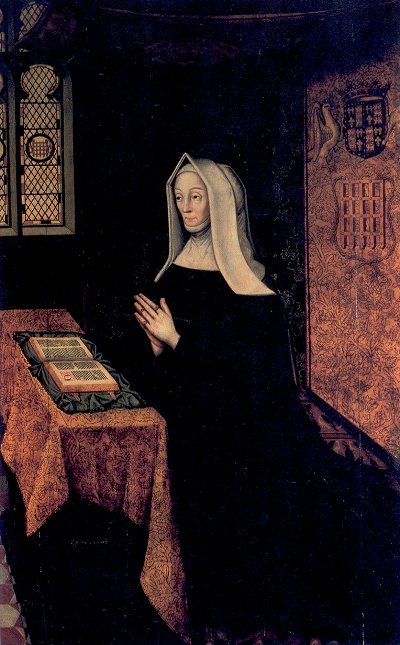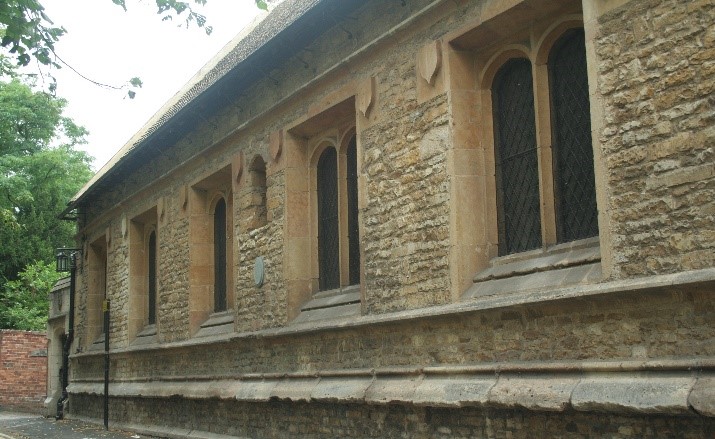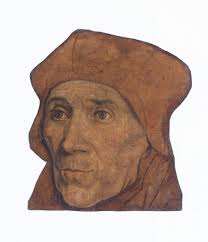William Cecil: Life Story
Elizabeth I’s Chief Councillor
Chapter 1: Education
Unlike his great predecessors as chief minister to the Tudor monarchs, Morton, Wolsey, and Cromwell, William Cecil probably always looked forward to a career in the royal service. Born in late September 1520 at Bourne in Lincolnshire his parents were Richard Cecil, a Page in Henry VIII’s chamber, and his wife, Jane Hekington.

The Hekingtons were amongst the elite of the urban class in Bourne and the nearby town of Stamford. They were town councillors, members of the trade and church guilds and small landowners. The Cecils (or Syssells) had come from Wales only in the latter quarter of the 15th century, but the god-father of Cecil’s grandfather, David, one Sir David Philips, held posts under Lady Margaret Beaufort.
Lady Margaret’s great estate at Collyweston made her one of the most important feudal magnates in south Lincolnshire, quite apart from her importance as the mother of King Henry VII.
Cecil thought of Lincolnshire as his ‘country’ all his life. It was the heart of his family and the enormous estate he created there at Burghley was the patrimony he left to his eldest son. It was also where he chose to be buried. Nevertheless, from an early age, his path took him away from home.
His first steps on the road to royal service were educational. The only boy amongst four siblings, he was sent some 15 miles from home to the King’s School at Grantham (the same school later attended by that other illustrious son of Lincolnshire, Sir Isaac Newton). King’s School was founded by Henry VII’s Lord Privy Seal, Bishop Richard Foxe, who was also a Lincolnshire man.

The school, which still survives, is in the shadow of the enormous church dedicated to St Wulfram which must have been a focal point for the pupils whose education was largely aimed at entry to the church or the law. There, Cecil would have practised the religion of his forefathers, surrounded by candles, relics, images of the saints and prayers for the dead.
After a short period at Grantham, Cecil was moved to a school closer to home, the new chantry school at Stamford, where he remained under the supervision of the priest-cum-school master, Libeus Byard, until he was about 14. Then, in 1535, he went to Cambridge. The college he attended, that of St John the Evangelist, again had local connections. It had been founded under the will of Lady Margaret Beaufort by her friend and confessor, John Fisher, Bishop of Rochester.

Both Lady Margaret and Fisher were renowned for their piety and their learning, encouraging the Humanist expansion of learning of the late 15 th century which became a feature of St John’s. Greek, Hebrew and medicine were on the curriculum, in addition to the subjects taught at the other Cambridge Colleges.
When Cecil arrived he was flung into a maelstrom of political, educational and religious upheaval. The king, Henry VIII, in his quest for an annulment of his marriage to Katharine of Aragon had rejected the authority of the Pope, an act which Bishop Fisher refused to accept, with fatal consequences. After his execution, which took place in June 1535, about a month after Cecil’s arrival, Cromwell sent an order to St John’s to have every monument or reference to Fisher defaced.
Whilst Henry had largely intended that the change in overall authority in the Church should be the only alteration, the spirit of reform was abroad, and the principles of Luther and other reformers were spreading like wild fire amongst the intellectuals of the day. St John’s College contained a circle of men who would go on to be the first generation of scholars and academics in England who could be termed Protestant.
The group included John Cheke, whose novel approach to the pronunciation of Greek had created waves in traditional academic circles; Roger Ascham, later tutor to the Lady Elizabeth and Lady Jane Grey; and Sir Anthony Denny who had a role in the education of Edward VI. When Cecil arrived, he was drawn to this set and embraced their religious stance, first evangelicalism, concentrating on the importance of the scriptures; then the doctrine of Justification by Faith alone, and finally the rejection of the Mass as predicated on the doctrine of transubstantiation (ie that Christ was really physically present in the bread and wine).
Cecil remained in Cambridge for some five years, leaving in 1540 to complete his education at Gray’s Inn in London, where he was admitted on 6 th May 1541. With strong reformist views a church career was not on the cards, and a training in civil law was the most obvious home for his talents.





